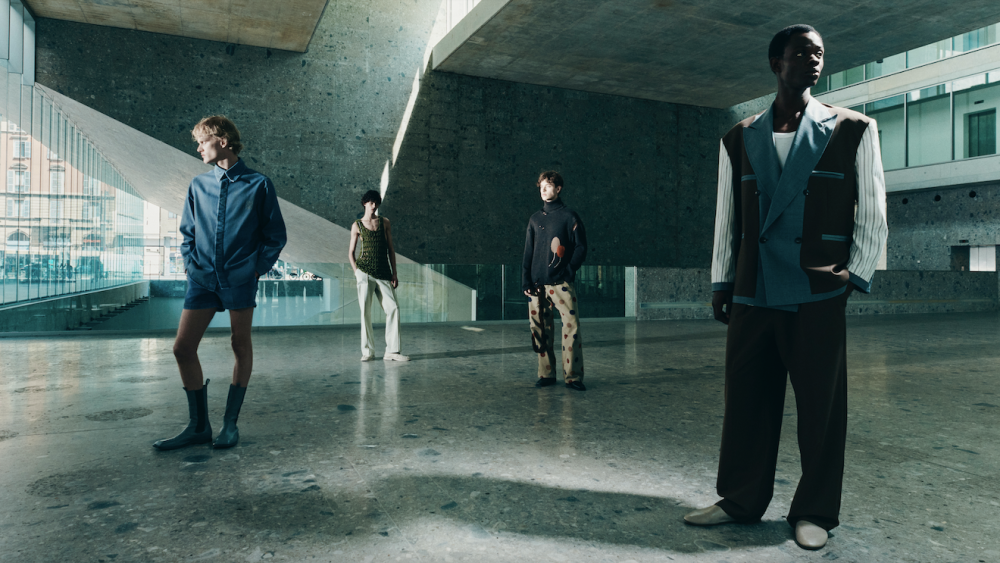When the heat gets intense, the body starts to stress. You may feel more dehydrated, tired, sweaty, or all of the above. But for some, the heat also seems to trigger symptoms they normally don’t have to deal with. And for others, it can even make existing conditions worse. Chief among the most common heat-related grievances are headaches. But although you might notice your head hurts worse the hotter it gets, is it really possible to get a headache from heat?
As it turns out, heat headaches are a very real phenomenon, but there’s more going on than you might realize. In order to understand these types of headaches and treat them effectively, we asked an expert to share some advice. Read on to learn all about heat headaches, potential root causes, and how to prevent them. Plus, find out how to tell the difference between a heat headache and a more serious heat-related illness.
Experts Featured in This Article:
Sun Jones, DNP, RN, FNP-BC, is a board-certified family nurse practitioner at at the University of Phoenix College of Nursing.
Can Heat Cause Headaches?
You might get headaches more often in the heat, but that doesn’t necessarily mean heat is the root cause. “People may suffer from headaches not directly due to heat but because of its effects on the body,” explains Sun Jones, DNP, RN, FNP-BC. “During heat waves, individuals can experience heat-related illnesses such as dehydration, electrolyte imbalances, heat exhaustion, and, in severe cases, heat stroke.”
Additionally, the heat can cause a glare, changes in barometric pressure, or high humidity, all of which can “trigger headaches or worsen migraines for those who already suffer from them,” Dr. Jones says. She notes that complications like dehydration are also common in the heat, which can cause blood vessels to constrict in the brain, leading to headaches.
How Do You Treat Heat Headaches?
To treat heat headaches, you should address the underlying cause. If your headache gets worse with heat exposure, Dr. Jones has a few recommendations. “Drink plenty of cool water and replenish electrolytes by using powdered electrolytes or drinking sports drinks,” she says. “Use cold compresses or take a cool shower or bath to lower your body temperature. If you are outdoors, move to a cool or air-conditioned room.” It’s always a good idea to take breaks and rest as needed. Dr. Jones says you can take over-the-counter pain medication, but it’s best to consult your healthcare provider beforehand, as overuse can lead to rebound headaches.
How to Prevent Heat Headaches
If you’re more likely to get headaches in the heat, it’s better to get ahead of them. Here are a few things you can do to prevent heat headaches, according to Dr. Jones:
- Avoid Dehydration: Stay hydrated throughout the day, and don’t forget about your electrolytes. “Drink plenty of cool water and consider beverages with added electrolytes or low-sugar sports drinks,” Dr. Jones says. “Don’t wait until you feel thirsty; instead, take sips of fluids throughout the day. Avoid alcohol, caffeine, and high-sugar beverages as they can cause dehydration.”
- Seek Shade: Beat the heat by taking breaks in air-conditioned rooms or public places like libraries or shopping malls, Dr. Jones says.
- Limit Outdoor Activities: Know when the heat is going to be the most intense (usually from 10 a.m. to 4 p.m.) and plan your day accordingly. “Wear sunglasses when outside, and opt for lightweight, light-colored, and loose clothing,” Dr. Jones says. You can even use a wide-brimmed hat, umbrella, or parasol to block out the sun.
Heat-Related Illness
Heat headaches are not uncommon, but it’s important to know the warning signs for heat-related illnesses like heat stroke and heat exhaustion. Heat exhaustion is a more mild form of heat-related illness, Dr. Jones says, often occurring after exposure to heat and inadequate fluid replacement. Symptoms of heat exhaustion include:
- Heavy Sweating
- Weakness
- Dizziness
- Nausea
You may be more susceptible to heat exhaustion if you have high blood pressure, or work or exercise in the heat. Heat stroke, on the other hand, is a medical emergency that requires immediate attention. This happens when the body is unable to cool down, leading the temperature to rise to 104°F (40°C) or higher. Symptoms of heat stroke include:
- Confusion
- Loss of Consciousness
- Hot and Dry Skin
- Seizures
Chandler Plante is an assistant editor for PS Health & Fitness. Previously, she worked as an editorial assistant for People magazine and contributed to Ladygunn, Millie, and Bustle Digital Group. In her free time, she overshares on the internet, creating content about chronic illness, beauty, and disability.



